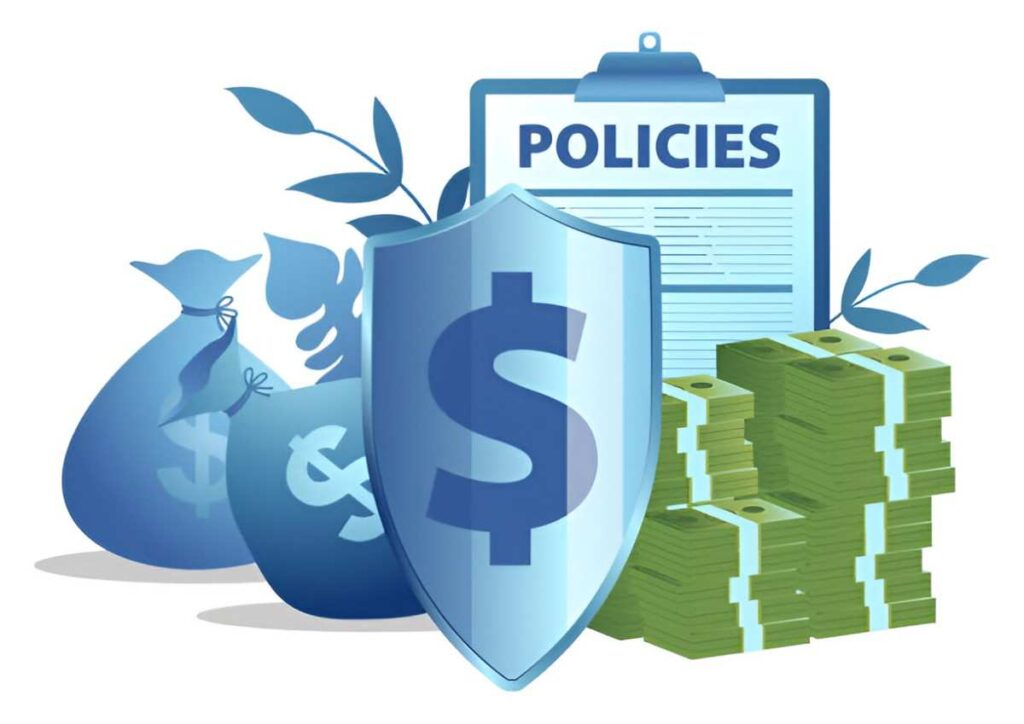As someone who has spent years navigating the intricacies of finance and insurance, I understand how overwhelming product guarantee insurance can seem at first glance. Many business owners and consumers in the US grapple with questions like: What does it cover? How does pricing work? When is it worth the investment? In this guide, I’ll break down everything you need to know—without the jargon—so you can make informed decisions.
Table of Contents
What Is Product Guarantee Insurance?
Product guarantee insurance (PGI) is a financial safeguard that protects manufacturers, retailers, or service providers against the costs of repairing or replacing defective products. Unlike warranties, which are typically offered directly by the seller, PGI is a third-party contract that shifts the risk to an insurer.
Key Differences Between Warranty and PGI
| Feature | Warranty | Product Guarantee Insurance |
|---|---|---|
| Provider | Manufacturer/Retailer | Insurance Company |
| Coverage Duration | Usually 1-3 years | Customizable (1-10+ years) |
| Cost Burden | Absorbed by seller | Premiums paid by business |
| Claims Process | Handled internally | Managed by insurer |
Why Businesses Need Product Guarantee Insurance
I’ve seen small businesses collapse under the weight of unexpected product failures. A single defective batch can lead to massive recalls, lawsuits, and reputational damage. PGI mitigates these risks by covering:
- Repair/Replacement Costs – If a product malfunctions within the covered period, the insurer pays for fixes or replacements.
- Liability Claims – If a defect causes harm, PGI can cover legal fees and settlements.
- Recall Expenses – Coordinating a recall is expensive; PGI helps offset logistical costs.
Real-World Example: Electronics Manufacturer
Suppose a company sells 10,000 smartwatches at $200 each, with a 2-year guarantee. If 5% fail within that period, the replacement cost would be:
10,000 \times 0.05 \times 200 = \$100,000Without PGI, this comes straight from profits. With a policy costing $5,000 annually, the business saves $95,000.
How Premiums Are Calculated
Insurers assess risk using actuarial models. Key factors include:
- Product Failure Rate – Historical data on defect likelihood.
- Coverage Term – Longer terms = higher premiums.
- Claim History – Businesses with prior claims pay more.
The premium latex[/latex] can be modeled as:
Where:
- C = Expected claim cost
- R = Risk multiplier (1.0 to 2.5)
- A = Administrative fees
Example Calculation
If expected claims are $50,000 and the risk multiplier is 1.8 with $2,000 in fees:
P = (50,000 \times 1.8) + 2,000 = \$92,000Types of Product Guarantee Insurance
- Standard PGI – Covers defects in materials/workmanship.
- Extended PGI – Goes beyond manufacturer warranties (e.g., 5 years instead of 1).
- Recall-Specific PGI – Only covers recall-related expenses.
Pros and Cons
Advantages
- Financial Protection – Shields cash flow from sudden losses.
- Customer Trust – Enhances brand credibility.
- Flexible Terms – Tailored to product lifespans.
Drawbacks
- Costly for High-Risk Products – Premiums may outweigh benefits.
- Exclusions Apply – Wear-and-tear or misuse often isn’t covered.
When Should You Consider PGI?
- High-Value Products – Expensive items mean costly claims.
- New Product Launches – Untested products carry higher defect risks.
- Regulated Industries – Medical devices or automotive parts often require guarantees.
Common Misconceptions
- “PGI Replaces Warranties” – No, it supplements them.
- “All Defects Are Covered” – Insurers exclude known design flaws.
- “Only Big Companies Need It” – Small businesses benefit equally.
Final Thoughts
Product guarantee insurance isn’t just a safety net—it’s a strategic tool. Whether you’re a manufacturer or retailer, understanding PGI helps you balance risk and cost effectively. If you’re still unsure, consult an insurance specialist to assess your needs.





